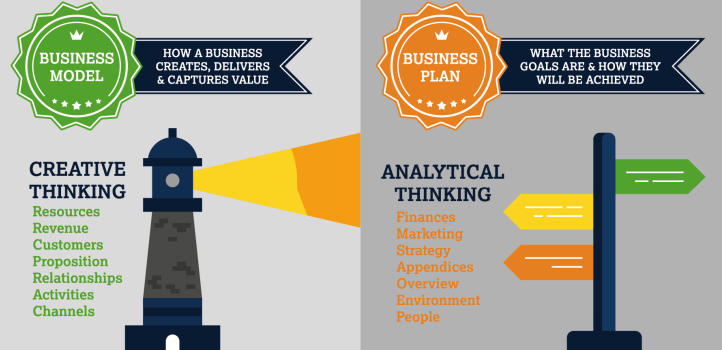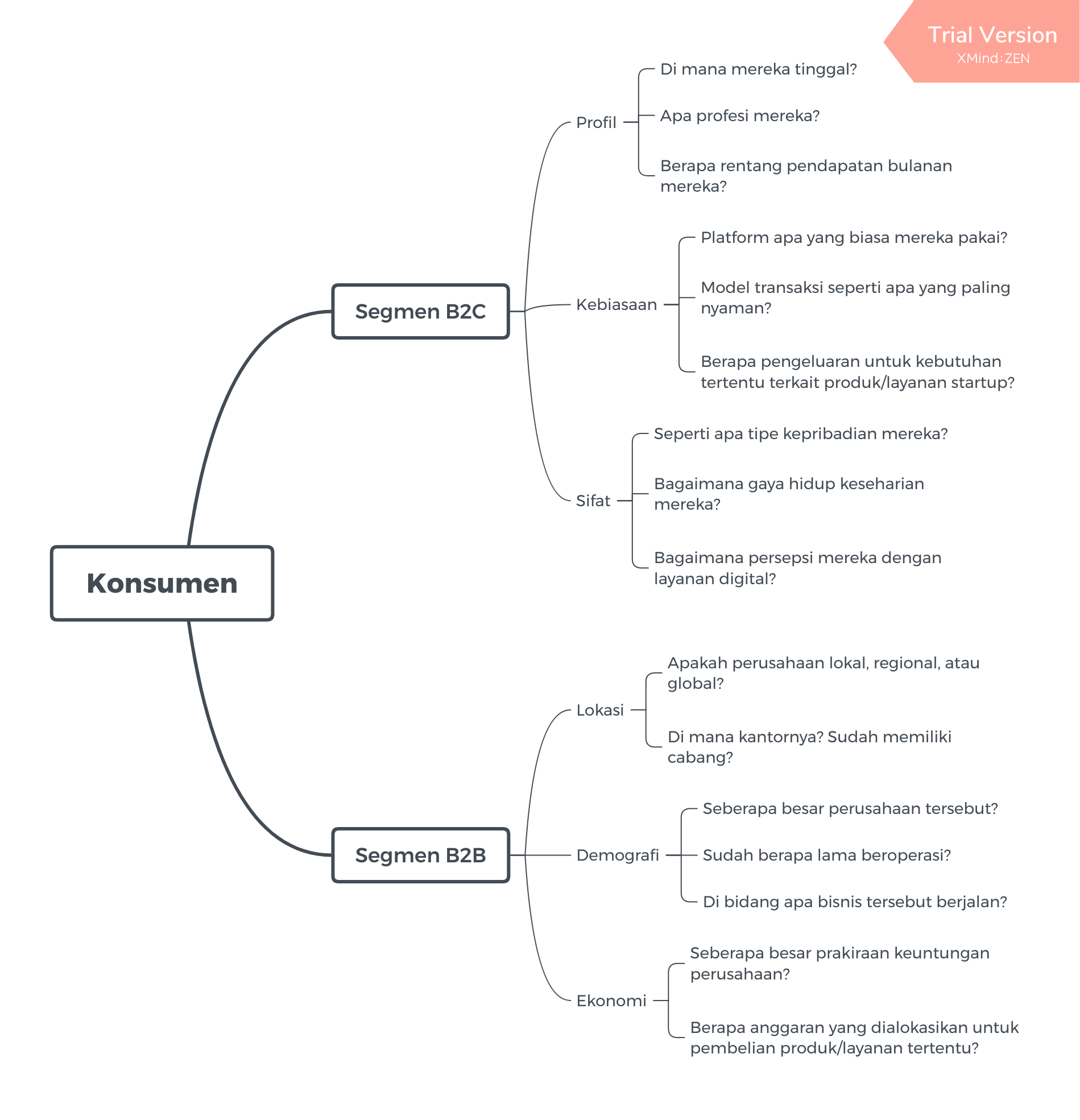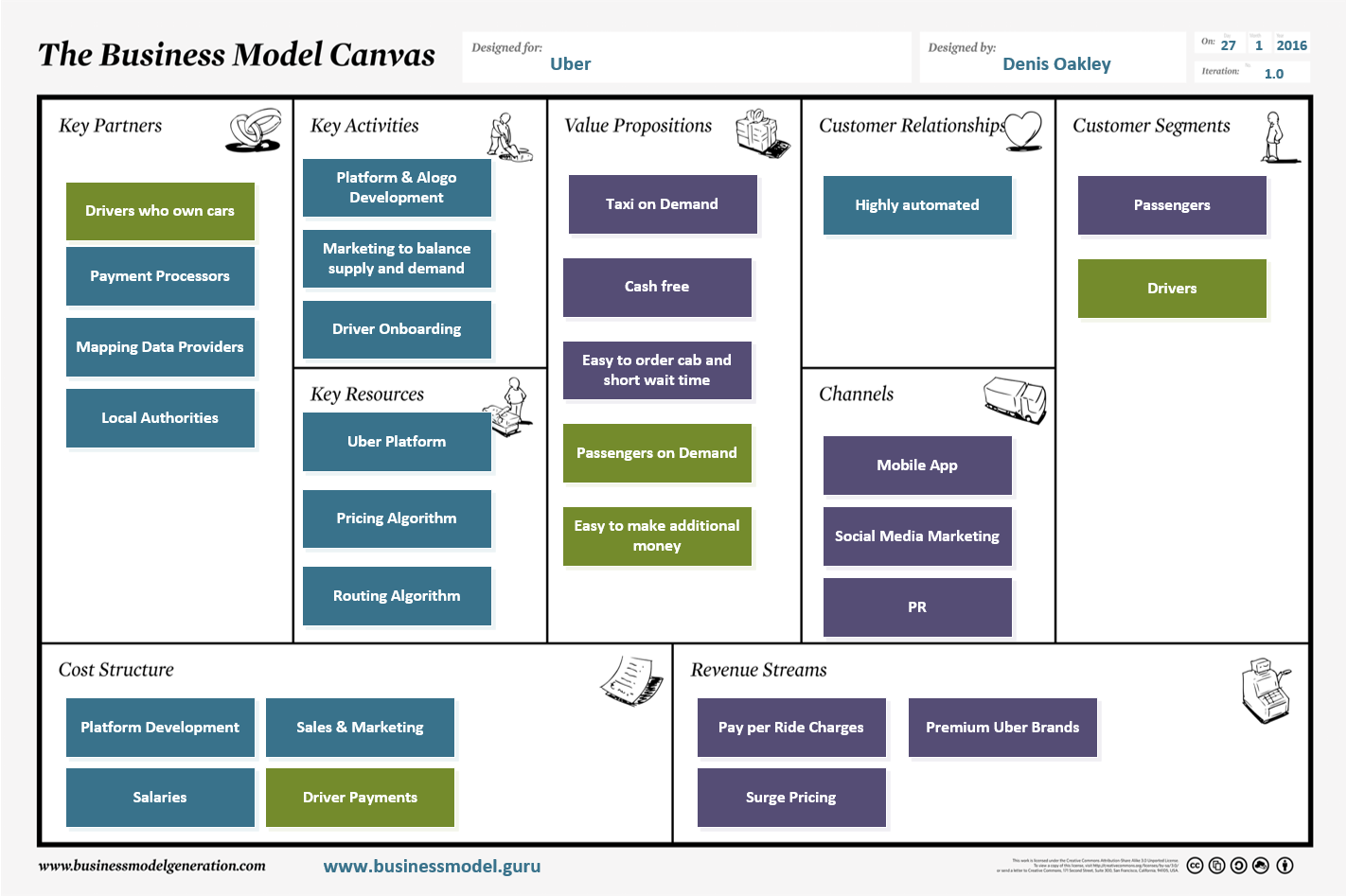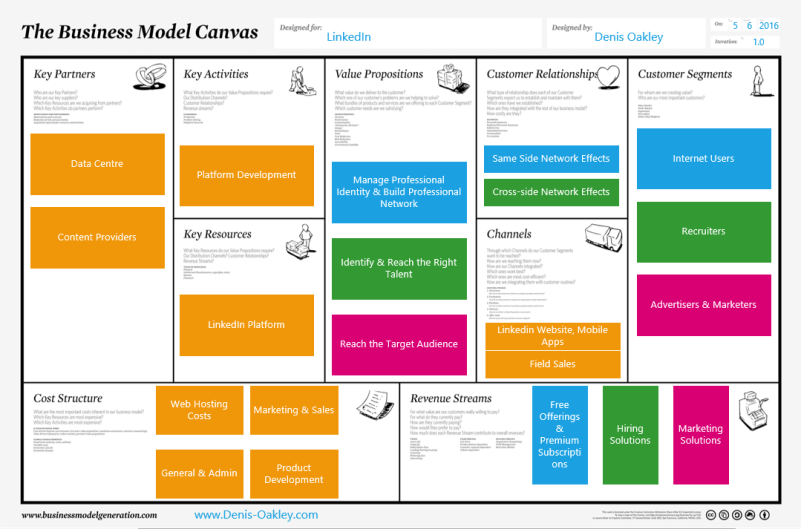Creating a "Business Model Canvas" for Beginner Startups
Used to understand analyzing the strengths and weaknesses of business processes
Lots of things to do founder to ensure the startup business runs well when it is launched, one of them is by finalizing the business model (business models). A business model is a strategy that a startup will use to generate value (values) for the various parties involved in the process itself.
It is important to note, a business model is different from a business plan (business plan). The purpose of the business model is to help startups validate the resources, activities, channels, and relationships that will be established. While a business plan is more about a strategy to achieve the desired target -- so later we will talk about marketing, finance, and others.

The business model for early-stage startups is experimental. This means that the concept created for the first time may not be successfully implemented, because founder indeed need to do testing, validation and rebuilding to find the right model for the startup.
Business Model Canvas
The Business Model Canvas (BMC) is the most popular framework for defining a startup business model. The canvas is structured to describe, visualize, assess, and modify the business model for optimal performance for startups. This canvas can be used for all types of startups, regardless of the business sector. For founder and / or mentor startup, BMC is used to analyze the strengths and weaknesses of business processes.

BMC has nine interconnected elements. The nine elements include: (1) Customer Segments, (2) Customer Relationships, (3) Value Proposition, (4) Channels, (5) Revenue Streams, (6) Key Activities, (7) Key Partners, (8) Resources, (9) Cost Structure. Maybe in template Different pronunciation of the term is different, but basically the goal remains the same.
Functionally, the nine elements are divided into three categories, namely: desire (element that defines startup desire/founder) includes customer segments, value proposition and customer relationships; feasibility (elements that define support for realizing the wish) include channels, key activities, key resources and key partners; and viability (elements that define business resilience) include revenue streams and cost structure.
template The most popular used and free BMC canvas can be downloaded at strategyzer. In this article, the working instructions that will be used take template from the site.
BMC element explanation
Charging template BMC starts from column customer segments on the right. Basically this section is written a list of targeted consumers. in filling, founder need to answer questions such as: “Who are the main users of your product? What are the characteristics? What are the consumer segments you want to target?”, to be more specific and detailed.
Consumer segmentation can vary, even a product can target more than one segment. There are several types of segmentation in digital startups such as B2C (Business to Consumer), B2B (Business to Business), C2C (Customer to Customer), B2G (Business to Government) -- or a combination of several segments such as B2B2C and B2B2G.
It is not enough to stop there, each customer segment must be understood in depth. Meanwhile, the characteristics of each customer segment may have different descriptions. The chart below is an example of the questions that need to be answered founder in order to understand the characteristics of potential customers.

Then the next element value proposition, which contains the solutions that are trying to be offered to customers. Some questions that can be answered founder to fill in this section include: "What problem are you trying to solve with your startup product/service? Is the problem significant enough? What solution do you want to offer? What are the benefits of this solution for consumers?".
Then the bridge between the two elements mentioned above Channel, which is about how the solution is delivered to the customer. The principle of the elements channels later related to marketing, sales, distribution, and post-sales support. Questions that need to be answered founder to fill this element include: "How does your startup communicate with customers? How do you deliver products/services to consumers?"
The ease of access to digital services does make this point look easier. Social media, online sites, or mobile applications can be used to meet these needs. But again, channel selection should be selected based on customer characteristics that have been identified in the previous process.
Revenue Streams becomes the next element that needs to be considered, namely how the resulting solution can generate income for startups. In this digital era, variants of revenue streams become wider. There are direct ones such as payment per transaction, licenses, subscriptions, freemium, advertising, product sales etc. There are also indirect ones such as referrals, affiliates etc. Each product/service can have different mechanisms and can have more than one mechanism.
In addition to needing to understand the various types of revenue streams for digital business, founder also need to pay attention to the following points: "What about the pricing models that are applied? At what price are consumers willing to pay? "How is the contribution comparison between revenue streams? What are the prices offered by competitors for similar products?".
Furthermore, there are still five elements that need to be filled. The five are filled in based on the four points above that have been defined. Here are the five explanations:
- Customer Relations is a mechanism used by startups to connect with customers. The goal is to increase traction, so as not to turn to competitors' products.
- Key Activities are various activities that need to be carried out to realize the four elements above, ranging from consumer research, product development, to distribution through the selected channel.
- Key Resources are various needs that need to be provided to realize the business model, it can be in the form of support from people, tools or software, and others.
- Key Partnerships are the parties that determine the course of the business. For example, what is being developed is a platform E-commerce, it could be that the main partners are suppliers of goods or distributors.
- Cost Structure contains the costs that need to be incurred to develop, market and distribute services that have been successfully developed by startups.
The following is an example of a BMC found on the internet, with case studies of several successful digital businesses.
Sign up for our
newsletter


